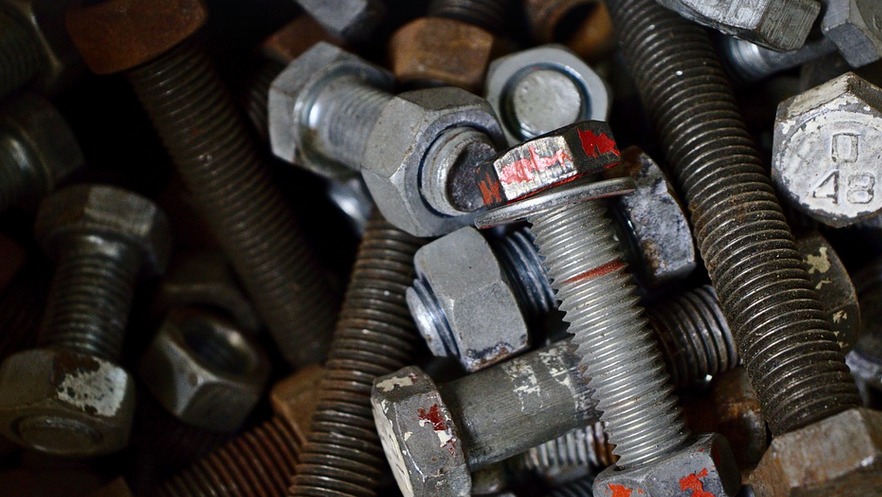
All About Shower Caulking: Keeping Your Wet Spaces Dry & Durable
The Importance of Shower Caulking in 2024
Let’s talk about showers – those havens of steam, relaxation, and frankly, the occasional water-splashing mishap. While we all love a good soak after a long day, there’s one thing that can make your shower truly shine: proper caulking. We’re talking about more than just sealing in dirt; we’re talking about a defense against moisture, mold growth, and even those pesky leaks that nobody likes.
In 2024, understanding the types of caulks used for showers has become as essential as choosing the right showerhead. You might be wondering, “Why is this so important?” Well, think about it: your shower is a prime target for moisture, a perfect breeding ground for mold and mildew. The grout between tiles can be a particularly treacherous zone if not sealed properly.
What to Look For in the Best Shower Caulking
Choosing the right caulking isn’t just about aesthetics; it’s about functionality. Here are some key factors to consider:
- Waterproof & Mold-Resistant: The first and foremost thing you need is a caulk that can handle water exposure without letting in any unwanted moisture. This means going for products specifically designed for showers and bathrooms, with mold and mildew inhibitors.
- Silicone Caulking: This is a go-to choice for many, thanks to its flexibility and water resistance. It’s also easy to apply with a smooth finish, perfect for covering any gaps or cracks.
- Acrylic Caulking: Another popular option, acrylic caulk offers excellent water resistance as well. It’s known for its durability and the ability to stay soft even in cold temperatures.
- Epoxy Caulking: This is your go-to for heavy duty applications. It’s known for being incredibly strong and durable, able to withstand high moisture and pressure, making it ideal for challenging shower areas.
- Regular Cleaning: Clean your shower walls and floors regularly with a mild soap and water solution to remove any dirt or grime, preventing mold and mildew growth
- Ventilation: Always ensure good ventilation with a fan or open window to air out the shower after every use. This helps prevent moisture buildup, allowing for faster drying and reducing the chances of mold growth
The best caulking materials are those that form a tight seal around joints. Think of it as a barrier against the relentless onslaught of water. The ideal caulk should be flexible enough to expand and contract with temperature changes without cracking or breaking.
Types of Caulking: A Quick Guide
Let’s dive into the various types of caulking available for your shower:
Silicone caulk is your everyday hero for shower caulking. It’s incredibly versatile, can be used on various surfaces, and it bonds well to a variety of materials, making it ideal for bathroom projects.
Acrylic caulk is a great choice for those who like a little extra power and protection against moisture. While it’ll have some limitations on what surfaces you can use it on, it’s a popular option due to its durability and ability to be cleaned with soap and water.
Epoxy caulk is the king of durability when it comes to showers. If you have high-traffic areas or a shower with heavy water usage, epoxy caulk can be your best friend. It’s known for its resilience and long lifespan.
Choosing Your Perfect Shower Caulk
There you have it – the essential guide to choosing the right caulking for your shower in 2024! Remember, the key is finding a caulk that combines flexibility with water resistance. This ensures long-lasting protection against moisture and prevents any unwelcome leaks.
A Few Extra Tips for Shower Care
Now that you’ve got your caulking sorted, let’s talk about maintaining your shower and keeping those pesky problems at bay:
Don’t forget the grout! Use a grout cleaner specifically designed for bathrooms and tackle those stubborn stains. Remember that a little maintenance goes a long way in extending the life of your caulking and keeping your shower looking its best.